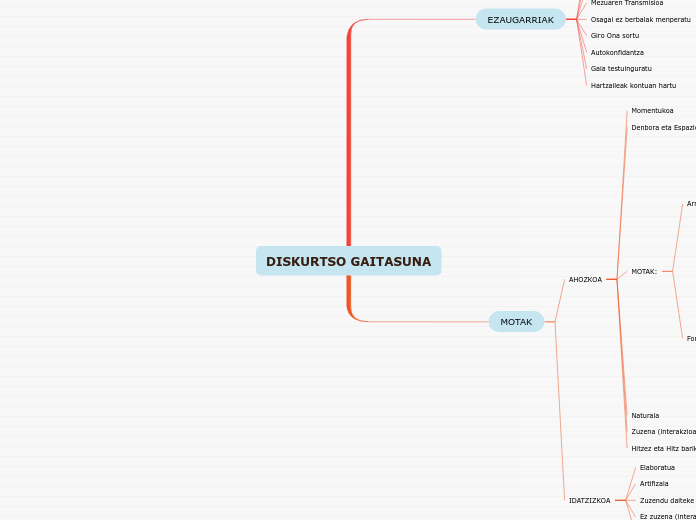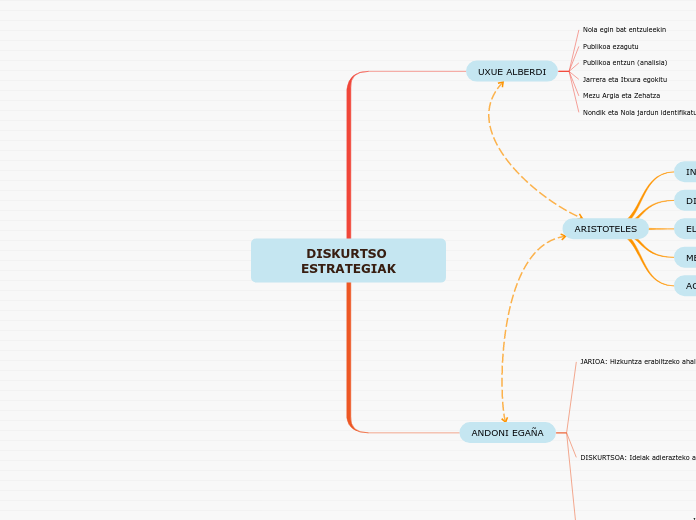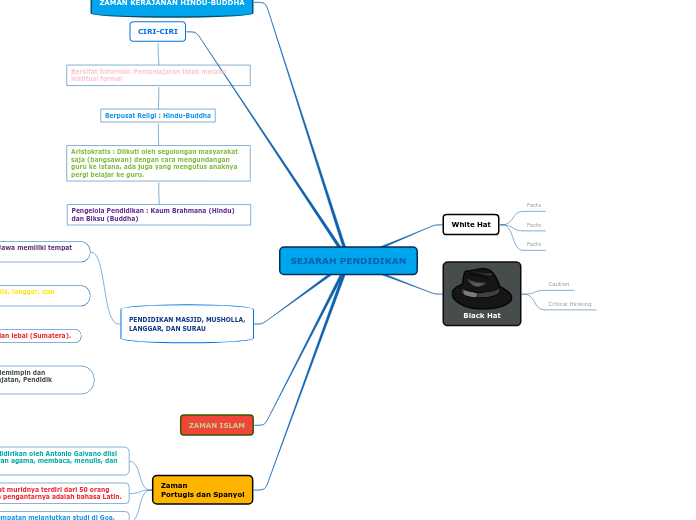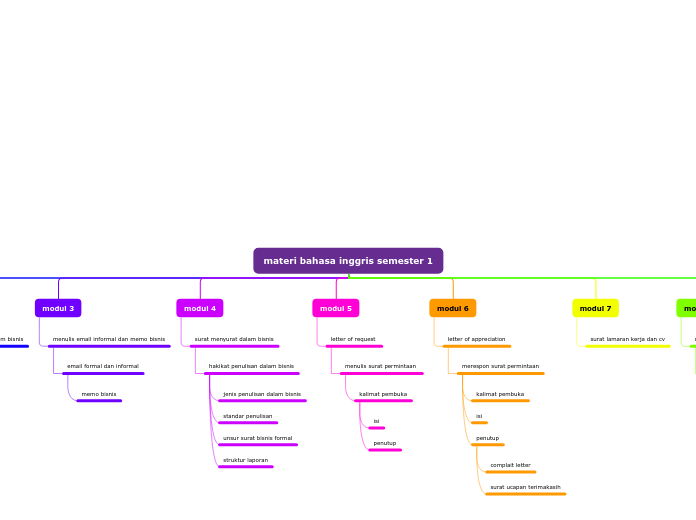DISKURTSO GAITASUNA
To name your story, you have to think about the overall message and what you want your audience to understand from the story. Also, make it relevant and easy to remember.
MOTAK
The ending of a story is essential. We all know that if the ending is weak, what happened before loses its importance. So make it unpredictable, but fair. A resolved ending answers all the questions and ties up any loose threads from the plot.
IDATZIZKOA
This is the closure section of the story.
See examples of possible outcomes below:
- all problems have been solved
- it's clear how each one of your characters ends up
- your main character is transformed by the challenge
Hitzak soilik (hitz barik ez dago ezer)
Ez zuzena (interakziorik ez)
Zuzendu daiteke
Try answering these questions in order for you to come up with a closure:
- Have all problems been solved?
- Is it clear what happens with all your characters in the story?
- Has the challenged transformed your main character?
- How do the characters feel in the end?
Artifizala
Elaboratua
Try answering these questions to come up with a closure:
- Have all the problems been solved?
- Is there a clear picture of what happens with each character in the story?
- Has the challenge transformed your main character?
- How do the characters feel in the end?
AHOZKOA
This is the moment when the main character surpasses the last obstacle and finally faces their greatest challenge.
The climax usually follows one of these patterns:
- realization
- resolution
- choice
Type in your answer.
Hitzez eta Hitz barik
Zuzena (interakzioa)
Naturala
MOTAK:
Formala
Ahozko Formala-Idatzizkoaren erregistroa
Interaktiboa
Ez Berehalakoa
Objektiboa
Bakarrizketa
Espezifikoa
Prestatua
Arrunta
Idatzizkoa-Ahozko arrunta hurbiltzen
Informatiboa
Berehalakoa
Subjektiboa
Elkarrizketa
Orokorra
Bat-Batekoa
Informala
Denbora eta Espazioa partekatu
Momentukoa
EZAUGARRIAK
In the beginning of the story (or the exposition), you will need to introduce the setting and characters. You might also want to introduce the main conflict. This part of the story is important because it gives the reader necessary background information and maybe even a first insight into a character’s personality.
Hartzaileak kontuan hartu
Gaia testuinguratu
Autokonfidantza
Giro Ona sortu
Osagai ez berbalak menperatu
Mezuaren Transmisioa
Gaiak eta Edukiak menperatu
Indibidualki edo Taldean
Prozesu Psikolinguistikoak










